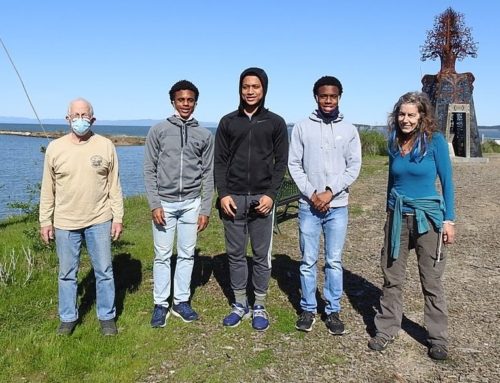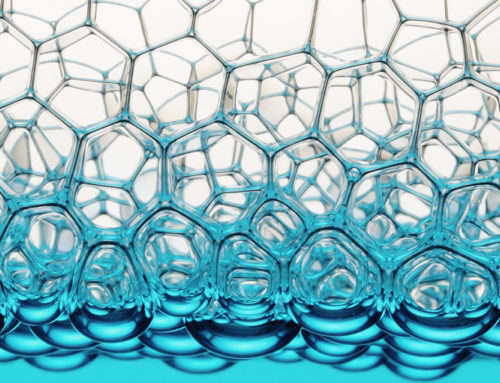-
Innovative designers are taking up the cause of water, and we like it! In this case, designers have made a link between a wi-fi enabled water faucet meter and an iPad that provides real time water use data.
Teague Hacks Our Everyday Behaviors, Netting 75% Water Savings
Designers at Teague hack together a down-and-dirty solution to their water-waste problem, and point a way for big picture change in the process.Sustainable design gets a lot of lip service in the design world — but sometimes simple, even homely solutions have the most impact. The designers at Teague found this out firsthand when they decided to track how much water they used for simple tasks like washing their hands in the studio.
Hacking together a Wi-Fi-enabled water meter on the faucet, which people could monitor from their desks, was a good start. But like many sustainable-design concepts, it didn’t really inspire change in practice. Teague admits that “beyond comments on the faucet spinner and the blinking lights of the prototype, people’s behaviors hardly changed at all.”
So, like any good designers would, they iterated the concept. It turns out that feedback was the key: after hooking the meter up to an iPad that displayed water usage in real time right next to the sink, the designers could instantly see how much precious fresh water went down the drain with every wash — almost 2 gallons’ worth, to be exact. Seeing their wasteful habits visualized live, in living color, finally got them to change their habits.
Here’s a video showing the faucet and Teague’s iPad-enabled feedback mechanism in action:
http://www.fastcodesign.com/1662619/teague-hacks-our-everyday-behaviors-netting-75-water-savings
This prototype metering-feedback system helped Teaguers cut down their water usage to just half a gallon per hand-wash–a 75% savings, with dead-simple tech.
That’s a powerful lesson for one of the most pressing issues in sustainability today: smart metering of energy use. Some companies are content to give you monthly read-outs about your energy use compared to your neighbors, hoping that this will spur you to do better. Yet other companies simply provide you with gadgets that give real-time readings of your energy usage. You can think of those two approaches as being directly analogous to the Teague experiment — and their learnings tend to favor simple real-time data.

Teague, for it’s part, didn’t stop at their own water consumption: They wanted to dosomething with all that un-wasted water. So they teamed up with MyCharityWater.org and launched an online campaign to send $10,000 worth of water donations to parched regions in Africa and Asia, twenty bucks at a time.
Teague’s experiment illuminates a big challenge facing sustainable design–raising awareness is great, but how do you translate it into real impact? Perhaps the genius of their solution was in flipping that process around: enable meaningful, personal impacts first, and use that as a springboard for inspiring bigger-picture awareness. After all, real change always starts with simple actions by individuals–not a heavily art-directed global media blitz. Teague’s experiment in walking the walk before talking the talk shows that design can tackle big problems, even if it’s just by turning off the faucet while you wash your hands.






